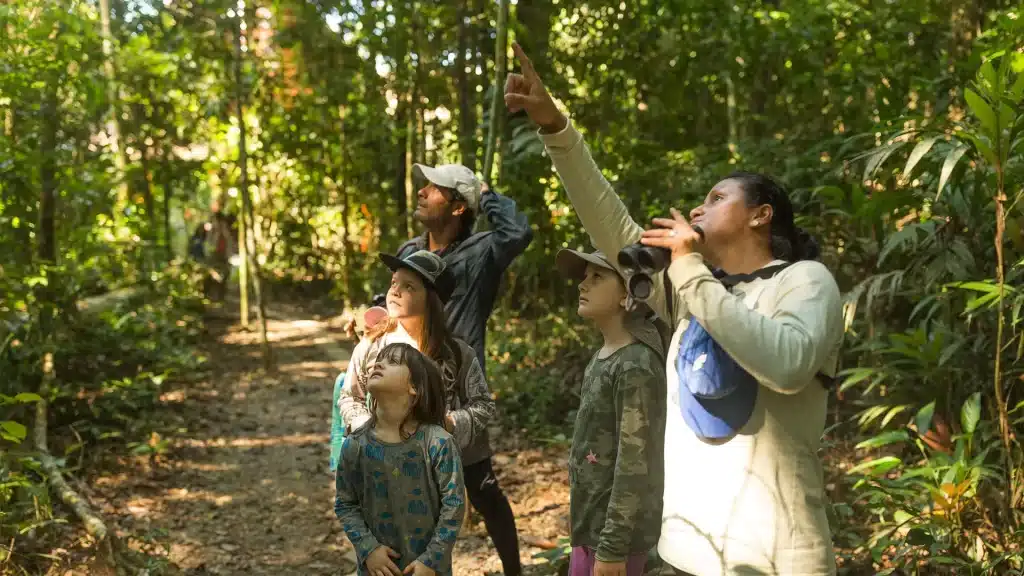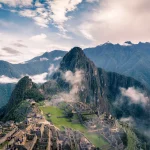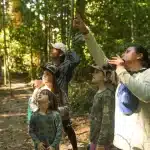Frequently asked questions when travelling to Tambopata Peruvian Rainforest

- When is the best time to travel to Tambopata:
- When is the dry season? Although it can rain at any time of the year, the Tambopata region tends to be drier from May until October. The rains start up in earnest in November and continue until April with the rainiest months usually being November and December. Upsides to visiting during the dry season are trails that aren’t as muddy, little chance of activities being affected by rain, and more macaws and parrots on the clay licks. Downsides to visiting during the dry season are hotter weather, less bird activity on sunny days, more difficulty in finding amphibians, and more travel time on rivers due to low water levels.
- Why visit Tambopata eco-lodges during the wet season? Although you can expect a lot of rain, there will probably be fewer fellow ecotourists (if you like a lot of extra elbow room), it usually rains in the afternoon, it tends to be a bit cooler, and there may be higher bird activity on account of the cloudy weather. The ponds and temporal wetlands that form at this time of the year in the rainforest can also make it easier to find reptiles and amphibians.
- When will I see the most animals? In all honesty, no month is particularly better to see animals than any other. While more parrots and macaws tend to visit the clay lick during the dry season, other animals are encountered with the same frequency no matter what the time of the year. A much bigger factor that comes into play for seeing Amazonian wildlife is the guide’s level of experience and training.
- When is the best time to see monkeys? If you visit Tambopata, you have a very good chance of seeing several monkey species throughout the year. The rollicking calls of Dusky Titis echo from vine tangles, Red Howler Monkeys call from the canopy, and troops of Squirrel Monkeys roam through second-growth near oxbow lakes. Black Spider Monkeys may be a bit easier to find during the wet season because it’s usually easier to locate the fruiting trees they feed on but a good guide will increase your chances of seeing them no matter what the time of the year.
- What is the weather like in Tambopata?
The lowland rainforests of Tambopata lie far enough south of the Equator to provide a cooler, drier winter season between May and October. The general weather conditions are warm and humid. In Tambopata, the average daytime high temperature is between 78F and 93F (24C and 31C) The average nighttime low is between 66F and 78 F (20C and 24C). Cold Fronts – May through September Cold fronts from Argentina can sweep into southwestern Amazonia and push daytime highs down to 50° F (9° C) and the nighttime lows to 43° F (5° C). Thus, during that season always be potentially prepared for cold and drizzle. Rainy Months – November through April Be prepared for heavy rain that can continue for hours or days. Around 80% of the annual average 3000 mm rainfall occurs during this season. - What should I pack?
- Binoculars
- Camera gear, bring your long lens!
- Light-colored, long cotton pants
- Long-sleeved, light-colored cotton shirts
- Ankle-high hiking boots and sneakers
- Flashlight (headlamp) with batteries
- Sunblock lotion
- Sunglasses
- Broad-brimmed hat
- Rain suit or poncho
- Insect repellent
- Small-denomination bills
- Small daypack
- Slippers or sandals for walking around the lodges
- Please be aware that the recreational use of drones is not allowed in most lodges.
- What is the best age to bring my kids to the lodge?
Tambopata is undoubtedly one of the best places to connect with nature. However, being a remote place, these are our recommendations:
- Children under 3 years old - Due to the weather conditions, location, and orientation of activities, we do not suggest traveling with children under 3 years of age.
- From 3 to 7 years old - For little adventurers, we recommend ecolodges with playgrounds and activities designed for children. Take note that there are some activities that require getting up very early.
- Take note that the guides will suggest the recommended activities for your little ones, however, you know them better and you know how much they can walk or not.
- Remember that our guides interpret the forest for you and your little one, but they will not be able to help you by carrying them in case they get tired.
- While each of our lodges has a topic equipped with everything needed for any emergencies, remember to take your personal first-aid kit with the medicines authorized by your GP in case of any allergic reaction, among others.






